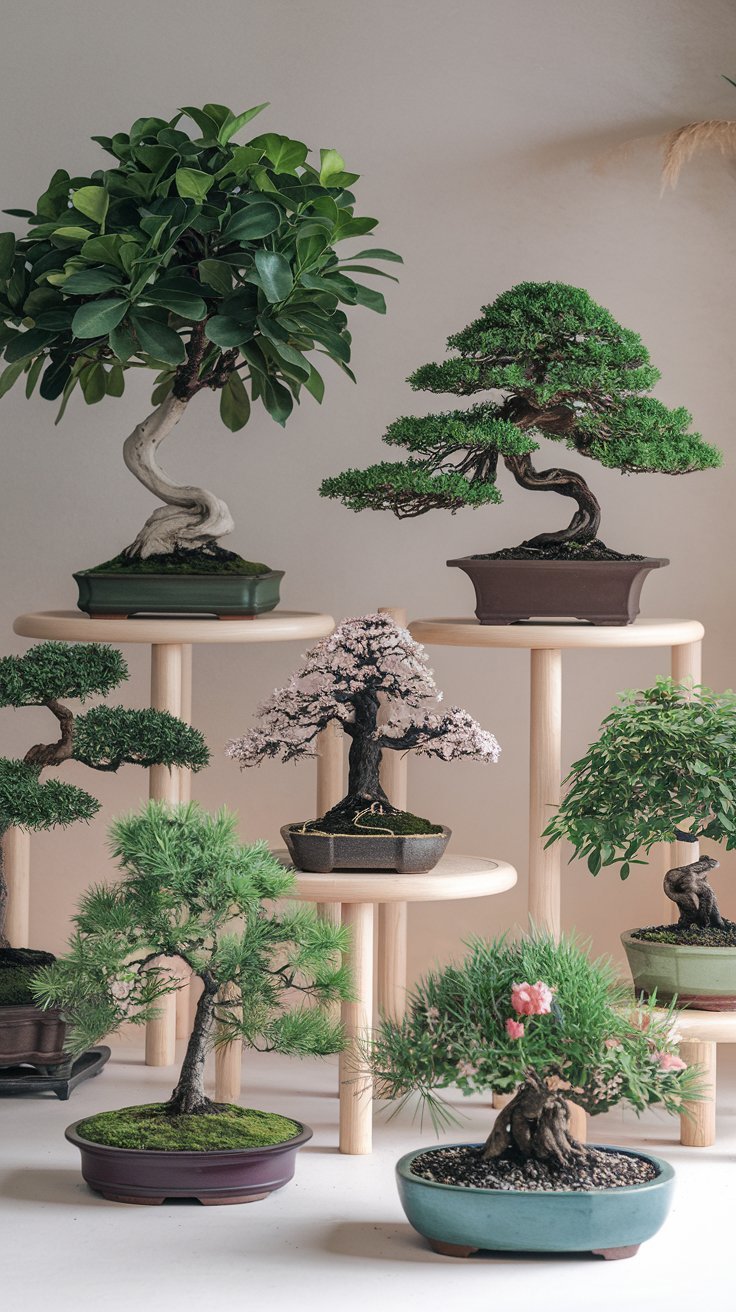Discover 8 easy-to-grow bonsai trees for beginners, including care tips, personal stories, and expert advice. Perfect for indoor gardening! Start your bonsai journey today.
Hi there! I’m Ashley Scott, a gardening enthusiast with over a decade of experience nurturing plants. Today, I’m thrilled to share my passion for bonsai trees—a hobby that’s brought me endless joy and tranquility. If you’ve ever felt intimidated by bonsai, fear not! I’ve handpicked 8 beginner-friendly bonsai trees that are forgiving, low-maintenance, and perfect for starting your journey. Let’s dive in!
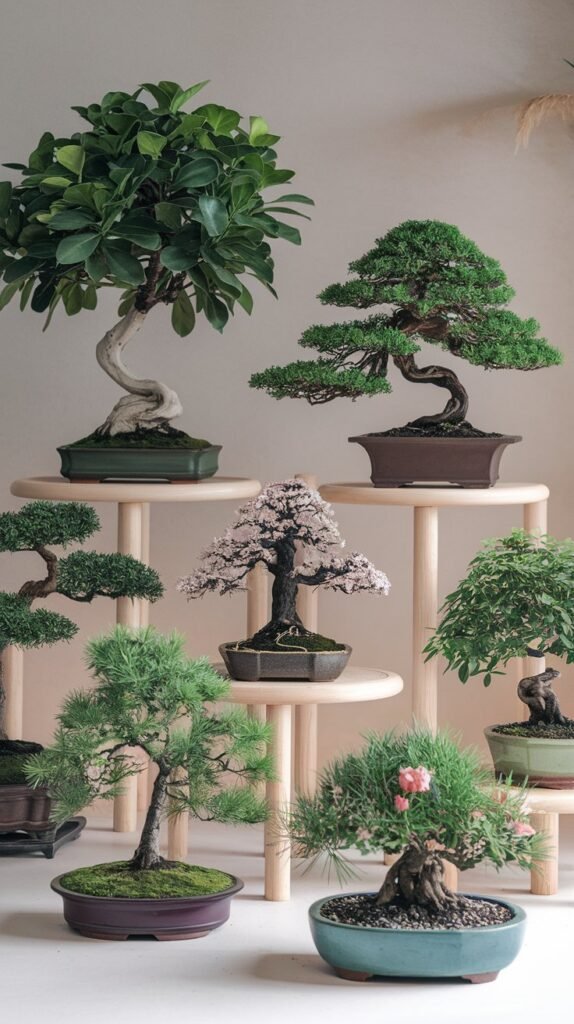
Bonsai trees have always held a special place in my heart. There’s something incredibly rewarding about nurturing a tiny tree and watching it flourish over time. Whether you’re just starting out or have a green thumb, there’s a bonsai tree for everyone. In this guide, I’ll introduce you to 8 beginner-friendly bonsai trees that are easy to care for and perfect for adding a touch of nature to your home. Let’s dive in!
Why Bonsai Trees Are Perfect for Beginners
Bonsai isn’t just an art form—it’s a meditation. These miniature trees teach patience, creativity, and mindfulness. The best part? Many species thrive indoors and require minimal fuss. From my first Ficus surviving my overwatering mishaps to my Jade bonsai thriving despite my forgetfulness, I’ve learned that bonsai is about growth—both for the tree and the gardener.
8 Easy-to-Grow Bonsai Trees for Beginners
1. Ficus Bonsai (Ficus retusa)
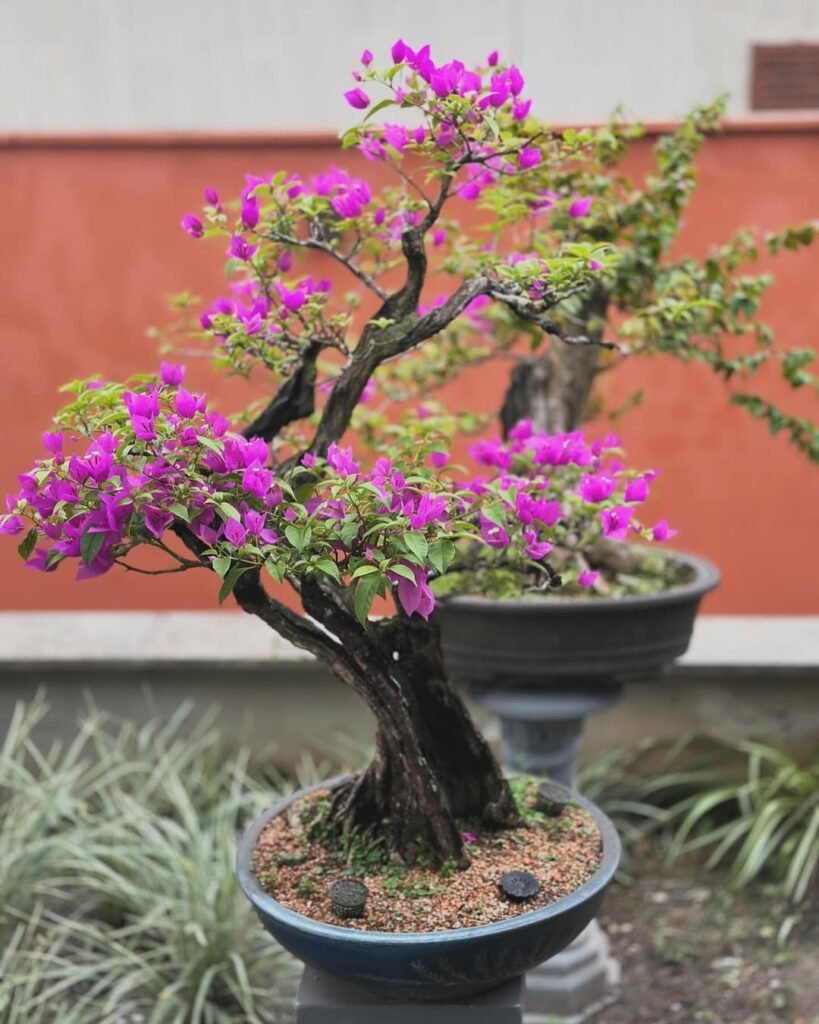
Why I Love It: My very first bonsai! Ficus is the most forgiving tree for beginners. Its glossy leaves and aerial roots add drama, and it adapts to indoor light like a champ.
Care Tips:
- Light: Bright, indirect sunlight (a north-facing window works!).
- Water: Let the topsoil dry between waterings.
- Pro Tip: Prune regularly to shape—it bounces back quickly!
Perfect For: Busy lifestyles or forgetful waterers.
Related Read: How to Care for Your Ficus Bonsai
2. Jade Bonsai (Portulacaria afra)
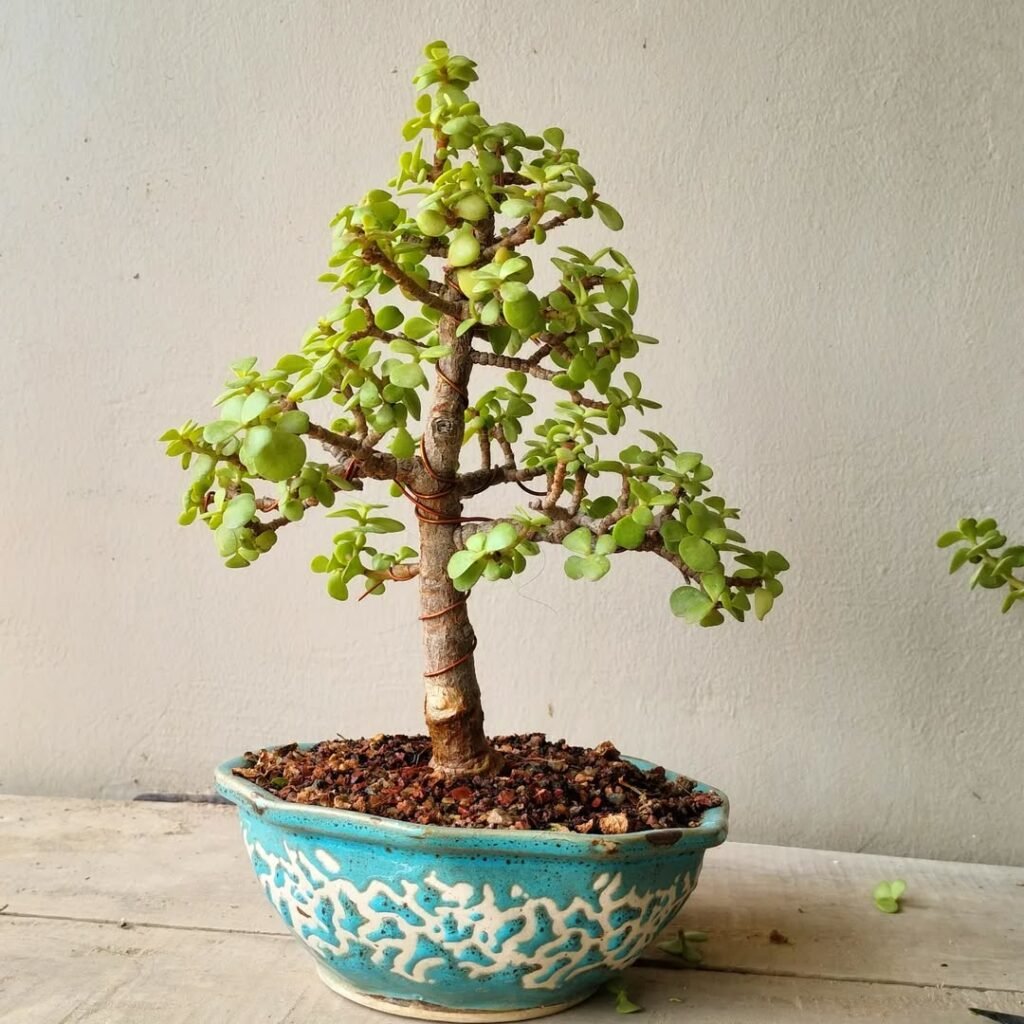
Why I Love It: This succulent bonsai stores water in its leaves, making it drought-tolerant. My Jade thrived even when I skipped watering for weeks!
Care Tips:
- Light: Bright light (south-facing windows are ideal).
- Water: Sparingly—wait until the soil is bone dry.
- Pro Tip: Use well-draining soil to prevent root rot.
Perfect For: Small spaces or sunny apartments.
Related Read: Succulent Bonsai Care 101
3. Juniper Bonsai (Juniperus spp.)
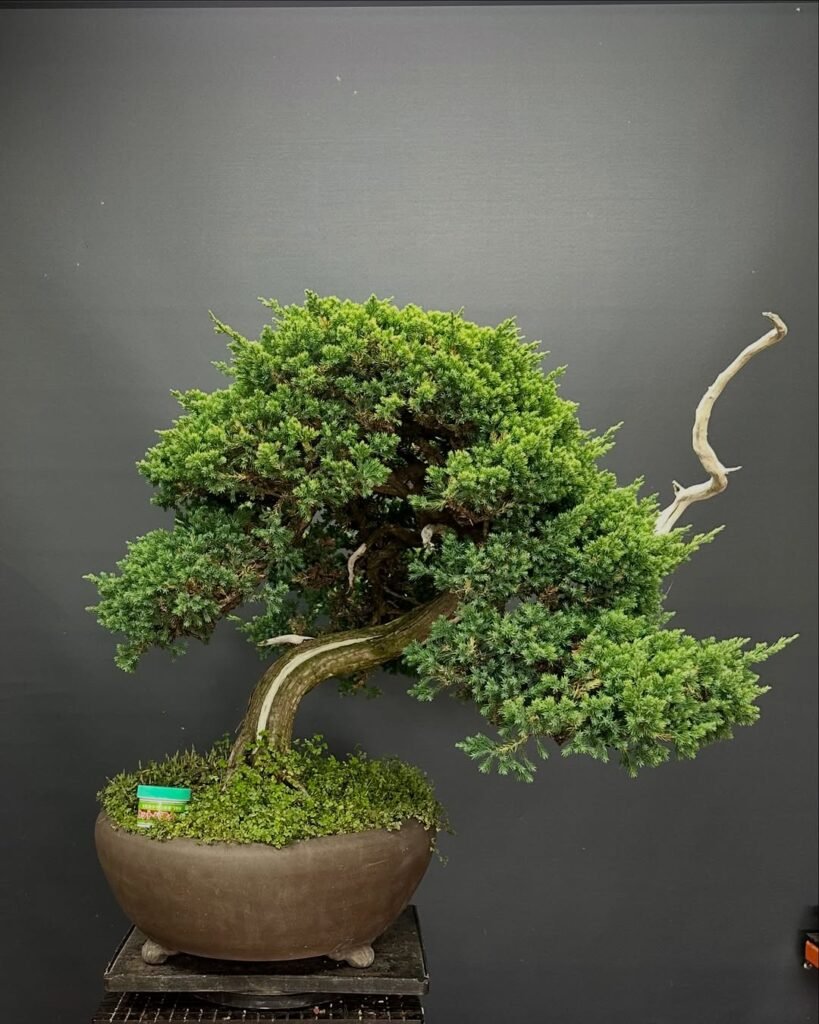
Why I Love It: A classic choice with rugged charm. My Juniper lives on my balcony, soaking up sunlight year-round.
Care Tips:
- Light: Full sun (outdoors is best).
- Water: Let the soil dry slightly between waterings.
- Pro Tip: Mist occasionally for humidity .
Perfect For: Outdoor enthusiasts or those craving a “Zen garden” vibe.
4. Chinese Elm Bonsai (Ulmus parvifolia)
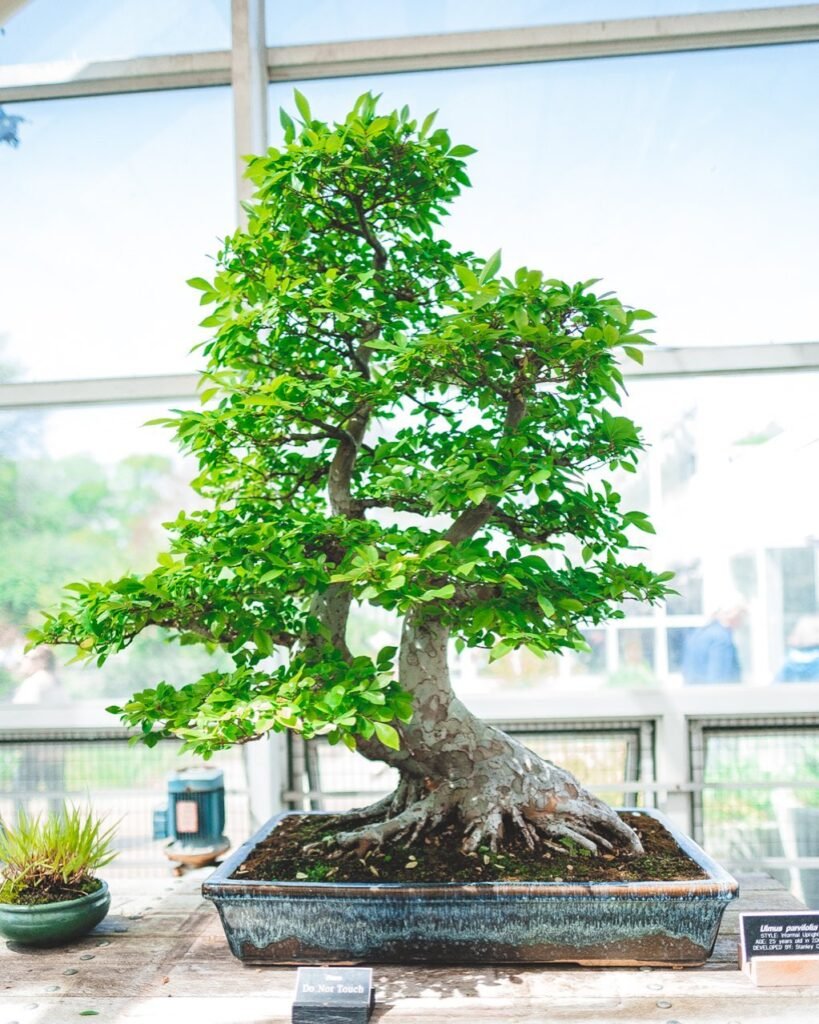
Why I Love It: Graceful, resilient, and adaptable. My Chinese Elm has been a loyal companion for years!
Care Tips:
- Light: Bright, indirect light indoors or partial shade outdoors.
- Water: Keep soil consistently moist but not soggy.
- Pro Tip: Rotate the pot weekly for even growth .
Perfect For: Beginners experimenting with shaping techniques.
5. Fukien Tea Bonsai (Carmona retusa)
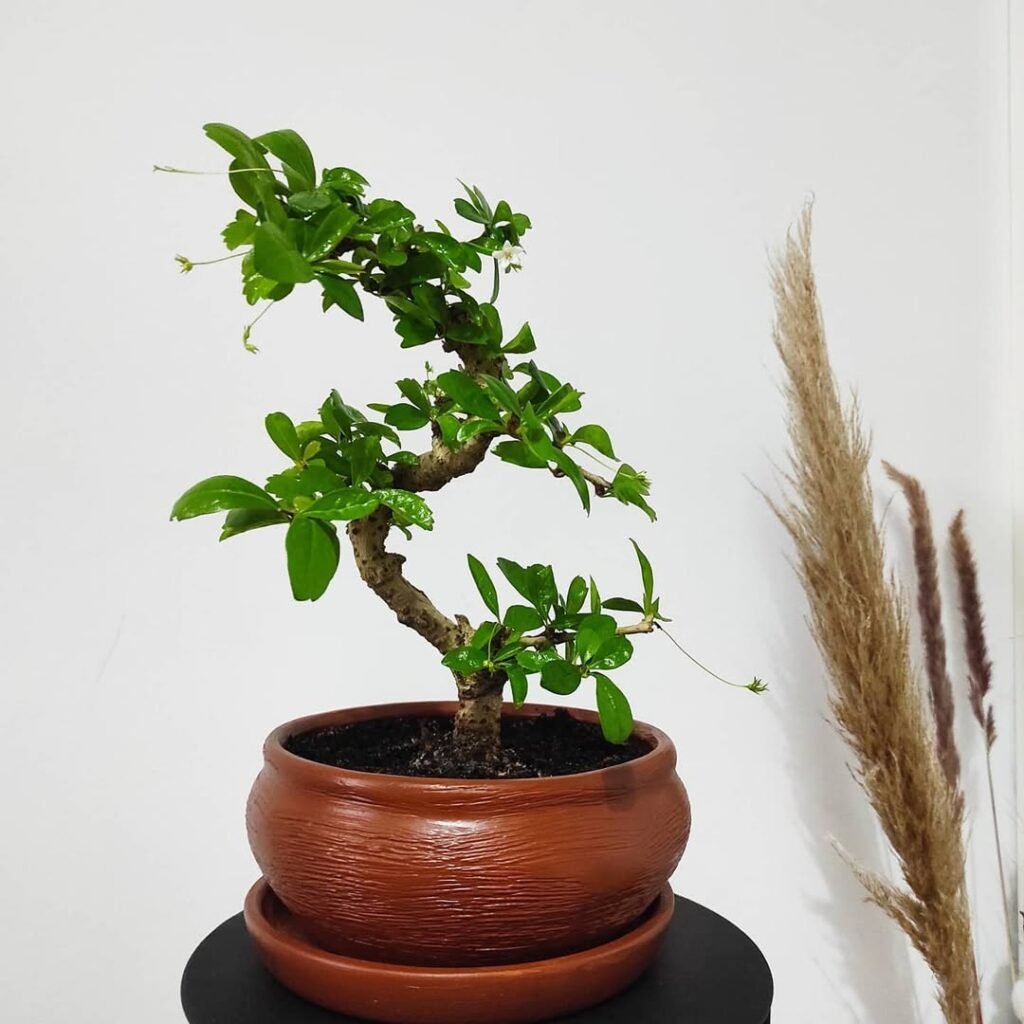
Why I Love It: Stunning seasonal colors—my autumn star! Requires a bit more care, but the payoff is worth it.
Care Tips:
- Light: Partial shade to avoid leaf scorch.
- Water: Daily in growing season, less in winter.
- Pro Tip: Protect from frost with mulch or a frost cloth .
Perfect For: Gardeners who love a dynamic, ever-changing display.
6. Japanese Maple Bonsai (Acer palmatum)
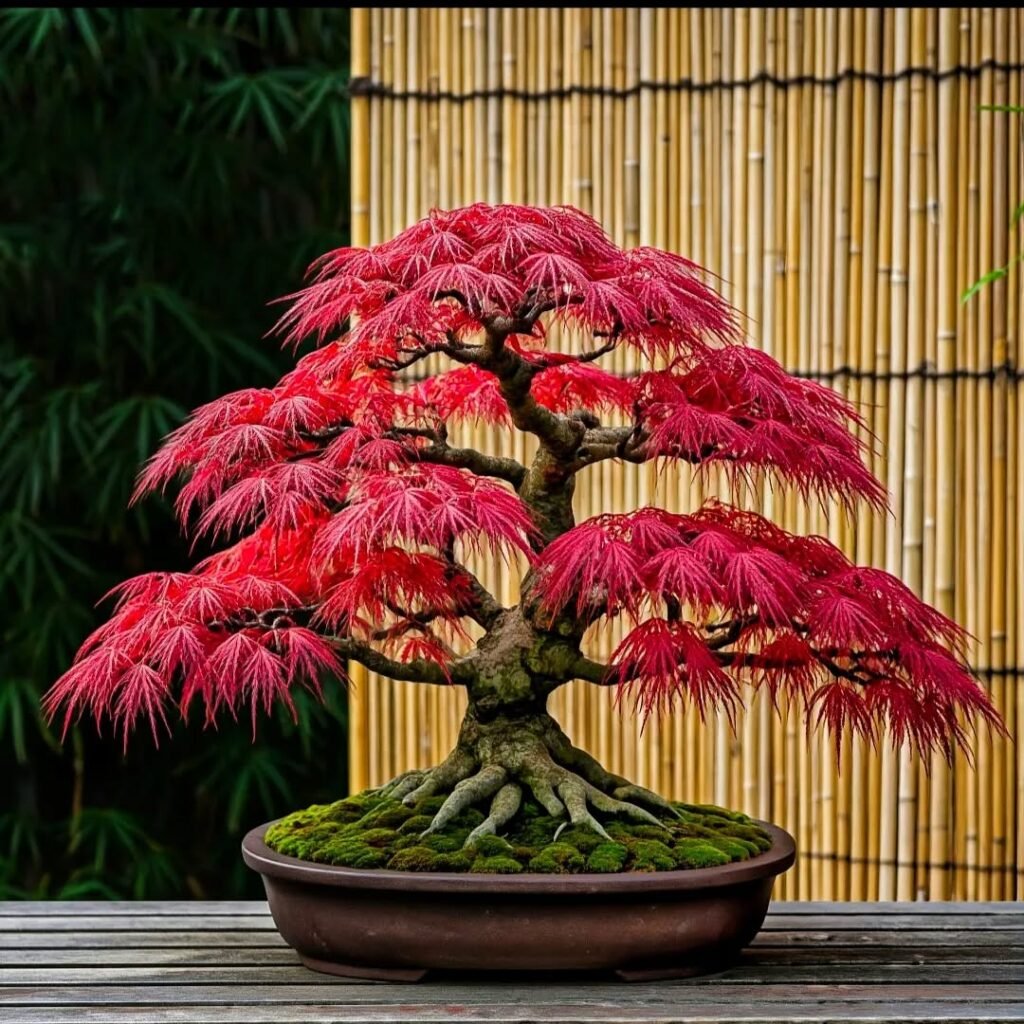
- Description: A deciduous tree with stunning, colorful foliage that changes with the seasons.
- Care Tips: Prefers partial shade and well-draining soil. Water regularly during the growing season.
- Why It’s Great for Beginners: While it requires a bit more care, the vibrant fall colors are worth the effort. My Japanese Maple bonsai is the star of my garden every autumn.
- Pro Tip: Protect it from strong winds and frost during winter.
- Learn More: Japanese Maple Bonsai Guide
7. Pine Bonsai (Pinus spp.)
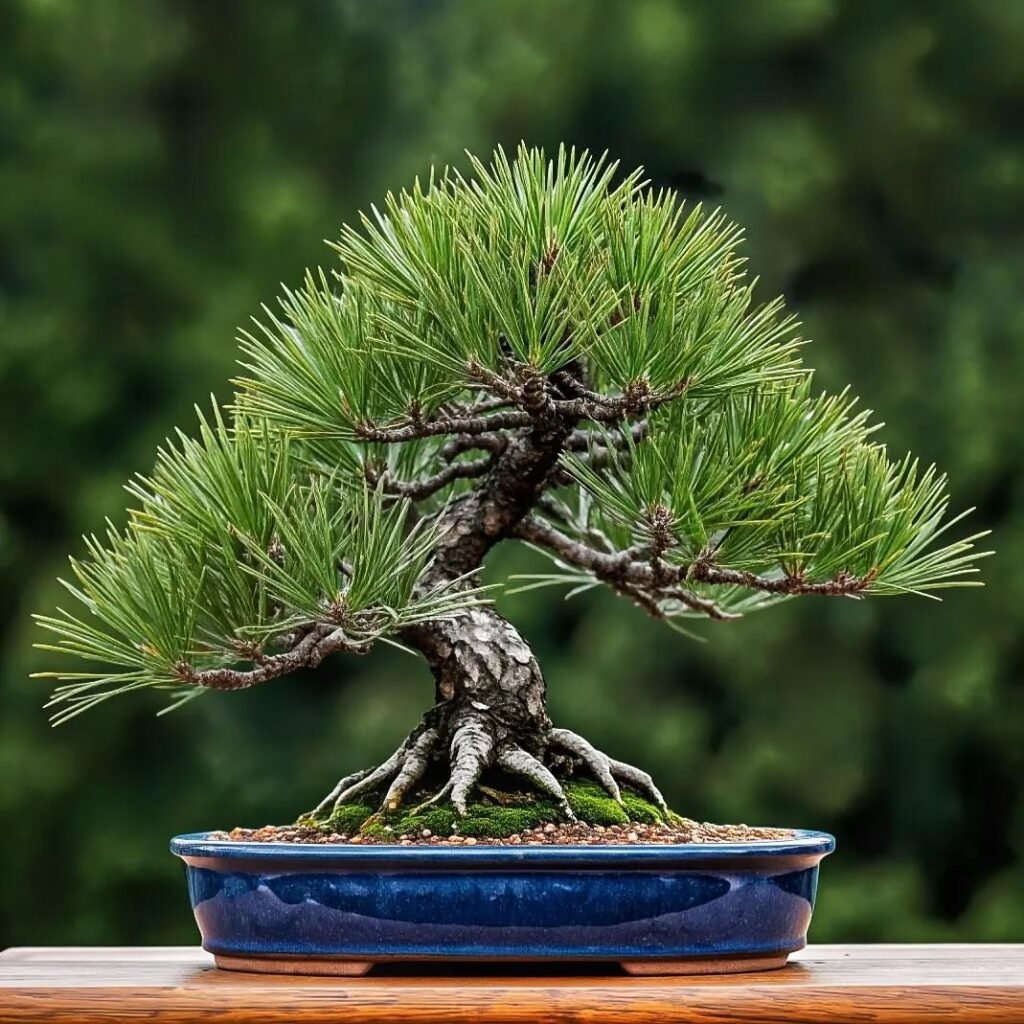
Why I Love It: Rugged beauty with a timeless appeal. My Pine taught me the art of patience.
Care Tips:
- Light: Full sun (6+ hours daily).
- Water: Deep watering, but let soil dry between sessions.
- Pro Tip: Prune new shoots in spring to control growth .
Perfect For: Those who enjoy traditional bonsai styles.
8. Serissa Bonsai (Serissa foetida)
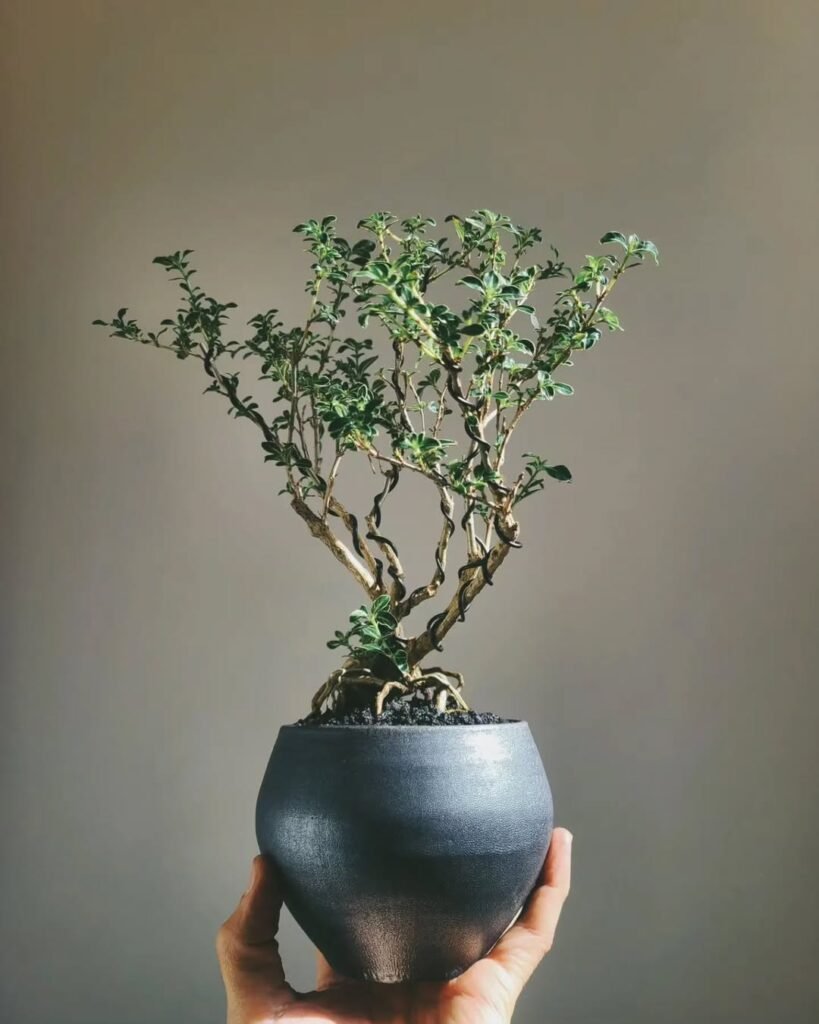
Why I Love It: Tiny white blooms year-round! It’s finicky but rewarding—like a floral puzzle.
Care Tips:
- Light: Bright, indirect light (avoid direct afternoon sun).
- Water: Consistently moist soil; use a humidity tray.
- Pro Tip: Sudden changes stress it—keep its environment stable .
Perfect For: Patient gardeners craving a blooming challenge.
Getting Started: My Top Tips for Bonsai Success
- Start Simple: Ficus or Jade are foolproof first choices .
- Soil Matters: Use well-draining bonsai soil (I mix akadama, pumice, and lava rock).
- Water Wisely: Overwatering kills more bonsai than neglect. Use a moisture meter if unsure!
- Tools of the Trade: Invest in concave cutters and bonsai wire (my toolkit recommendations).
- Learn & Connect: Join communities like the American Bonsai Society for support.
FAQs (Answered by a Gardener Who’s Been There!)
Q: Can I grow bonsai indoors?
A: Absolutely! Ficus, Jade, and Chinese Elm thrive indoors. Avoid Junipers—they need outdoor sunlight .
Q: How often should I water?
A: It varies! Stick your finger 1 inch into the soil—if dry, water thoroughly .
Q: Do I need special tools?
A: Start with pruning shears and wire. Upgrade as you grow (see my budget-friendly picks).
Final Thoughts
Bonsai is a journey, not a destination. Each tree tells a story—like my Juniper surviving a snowstorm or my Serissa blooming after months of TLC. Whether you’re drawn to the Ficus’ resilience or the Japanese Maple’s fiery foliage, there’s a bonsai waiting to grow with you.
Ready to start? Share your bonsai journey with me in the comments—I’d love to hear from you! And for more tips, explore my guide on Indoor Gardening for Beginners.
Happy growing,
Ashley Scott

